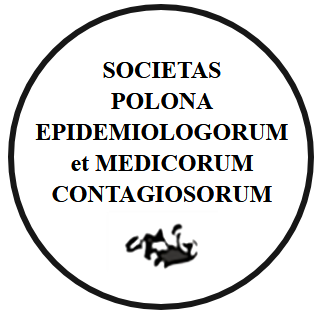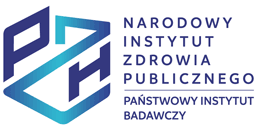PRACA ORYGINALNA
Effectiveness of a toothbrushing intervention utilizing puzzle-solving game assisted with visual aids among adolescents: A single-blind randomized controlled trial
1
Department of Public Health Dentistry, KLE VK Institute of Dental Sciences, KLE Academy of Higher Education and Research (KLE University), India
2
Department of Periodontology, KLE VK Institute of Dental Sciences, KLE Academy of Higher Education and Research (KLE University), India
Zaznaczeni autorzy mieli równy wkład w przygotowanie tego artykułu
Data nadesłania: 08-08-2024
Data akceptacji: 23-10-2024
Data publikacji online: 04-11-2024
Data publikacji: 10-12-2024
Autor do korespondencji
David Coutinho
Department of Public Health Dentistry, KLE VK Institute of Dental Sciences, KLE Academy of Higher Education and Research (KLE University), Belagavi, India
Department of Public Health Dentistry, KLE VK Institute of Dental Sciences, KLE Academy of Higher Education and Research (KLE University), Belagavi, India
Przegl Epidemiol 2024;78(3):318-325
SŁOWA KLUCZOWE
DZIEDZINY
STRESZCZENIE
Background: Maintaining good oral hygiene through effective toothbrushing is crucial for preventing dental issues in adolescents. Conventional oral health education (OHE) and video demonstration approach are passive means of OHE, that often fail to engage this age group. This study introduced an innovative approach to OHE by combining jigsaw puzzle and visual aids to improve oral health outcomes among adolescents. Objective: To assess the effectiveness of Jigsaw Puzzle-assisted Visual Reinforcement (JPVR) technique on toothbrushing knowledge, practices, and clinical oral health parameters compared to conventional OHE and video demonstration among adolescents. Material and methods: This single-blind randomized controlled trial involved 195 adolescents aged 12-15 years randomly allocated to three groups: conventional OHE (control), video demonstration and JPVR. Interventions were administered, and assessments were carried out at baseline, 1 month, and 3 months. Prior to the start of the study, the oral hygiene aids used were standardized. Outcomes were measured using a self-designed, validated closed-ended questionnaire to assess the toothbrushing knowledge and practices. This was followed by clinical examination carried out using gingival and plaque indices by a blinded examiner. Results: At baseline, groups had comparable knowledge, practices, and clinical parameters. At 3 months, the JPVR group demonstrated significantly higher knowledge, better practices, lower plaque, and reduced gingival scores compared to other groups. Conclusions: The JPVR technique improved toothbrushing knowledge, practices, and clinical oral health parameters among adolescents. This approach fostered active learning and knowledge retention and is a cost-effective strategy for promoting positive oral health outcomes among children.
Udostępnij
ARTYKUŁ POWIĄZANY
Przetwarzamy dane osobowe zbierane podczas odwiedzania serwisu. Realizacja funkcji pozyskiwania informacji o użytkownikach i ich zachowaniu odbywa się poprzez dobrowolnie wprowadzone w formularzach informacje oraz zapisywanie w urządzeniach końcowych plików cookies (tzw. ciasteczka). Dane, w tym pliki cookies, wykorzystywane są w celu realizacji usług, zapewnienia wygodnego korzystania ze strony oraz w celu monitorowania ruchu zgodnie z Polityką prywatności. Dane są także zbierane i przetwarzane przez narzędzie Google Analytics (więcej).
Możesz zmienić ustawienia cookies w swojej przeglądarce. Ograniczenie stosowania plików cookies w konfiguracji przeglądarki może wpłynąć na niektóre funkcjonalności dostępne na stronie.
Możesz zmienić ustawienia cookies w swojej przeglądarce. Ograniczenie stosowania plików cookies w konfiguracji przeglądarki może wpłynąć na niektóre funkcjonalności dostępne na stronie.




